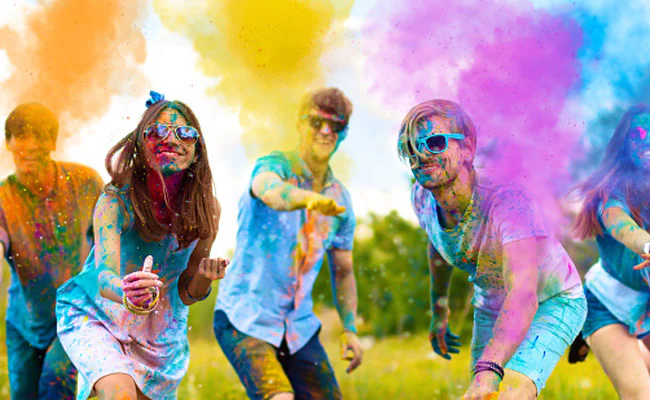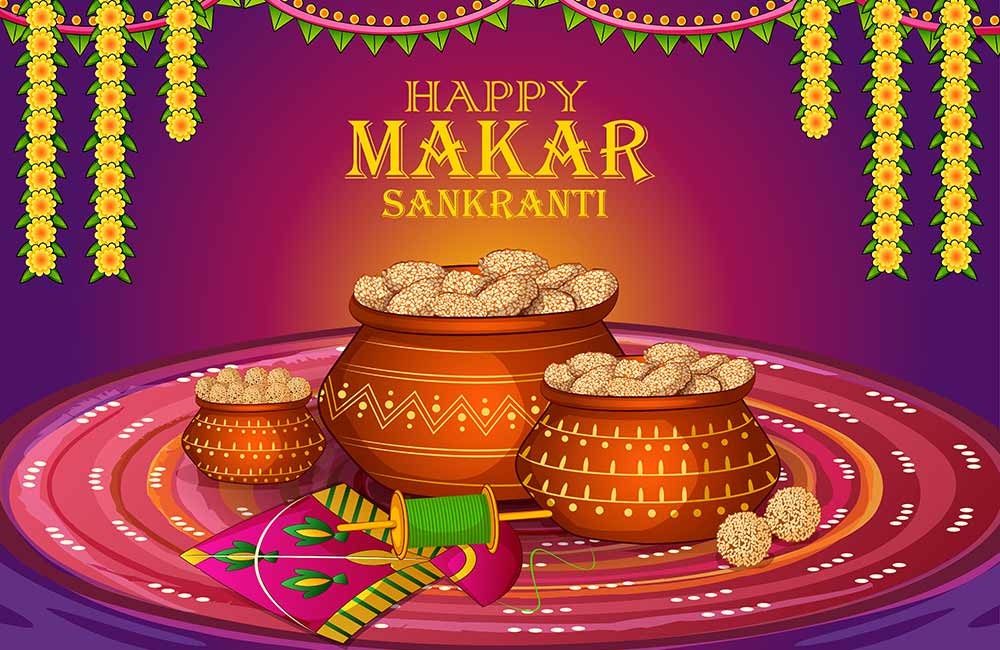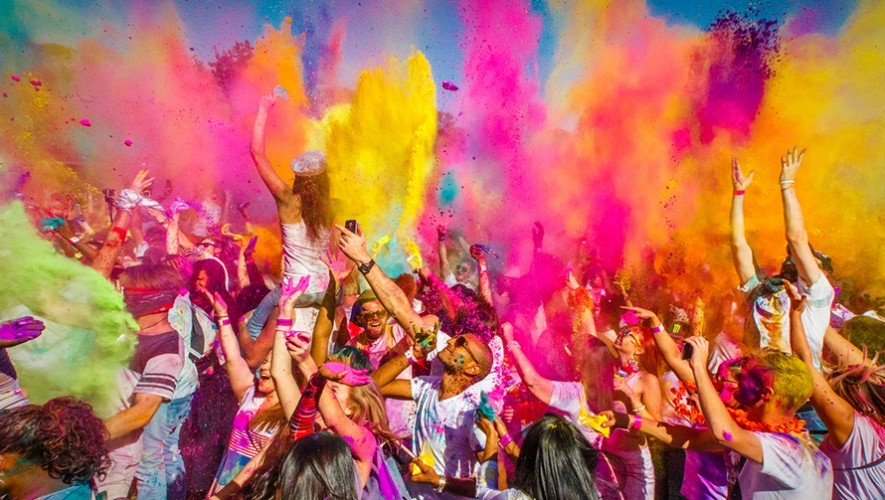The Many Faces of Navratri: A Celebration of Life, Goddesses, and Goodness
Navratri is a popular Hindu festival celebrated across India, Nepal, and many other countries across the world. It is a nine-day celebration of life, goddesses, and goodness that is celebrated in different ways throughout India, and each region puts its unique spin on the festivities. Navratri is an important part of Hindu culture and mythology, and it’s celebrated with great joy and enthusiasm. During Navratri, people come together to honor the goddesses of strength, power, knowledge, and beauty. As part of the festivities, there are vibrant colors, traditional dances, and spiritual rituals
What is Navratri?
This festival honors the powerful Hindu goddesses Durga, Lakshmi, and Saraswati, who are said to bring prosperity, health, and knowledge respectively. The word “Navratri” literally interprets as “nine nights” in Sanskrit. During Navratri, people pray to the goddesses, perform special puja rituals, organize cultural events, decorate their homes, and wear traditional clothes. It is a celebration of life and goodness, as well as an expression of devotion to the divine feminine power in Hinduism. Navratri is celebrated at different times throughout the year depending on the region, but it is most widely celebrated in India during October or November.
The History of Navratri
Navratri, or “nine nights”, is a Hindu festival that honors and celebrates the nine forms of the Goddess Shakti. It is supposed to have developed in India over 4,000 years ago, though it has evolved into the celebration we know today
Navratri is observed twice a year - first in the spring and then in the autumn. Each year, a different goddess is worshiped during each night of the festival. The nine goddesses honored during Navratri include Durga, Lakshmi, Saraswati, Ganesha, Parvati, Kali, Annapurna, Bhairavi, and Chandika.
The first three days of Navratri are surrendered to Durga, who is the goddess of power and protection. The next three days are surrendered to Lakshmi, who is the goddess of abundance and success. The final three days are surrendered to Saraswati, who is the goddess of knowledge and abundance.
During the nine days of Navratri, Hindus around the world perform puja (ritual worship), observe fasts, sing devotional songs, and attend special religious gatherings. In some parts of India, colorful processions are held in honor of the various deities.
Navratri is a vibrant festival that celebrates life, goddesses, and goodness. It is a reminder message that despite our differences, we can all come together in joyous harmony.
The Different Forms of Navratri
Navratri is celebrated in several different forms across India. Depending on the region and religious beliefs, the festival has unique rituals that bring together friends and family in a vibrant way.
One of the most popular forms of Navratri is Durga Puja, which is celebrated mainly in Bengal, Odisha, and Assam. This festival honors the Hindu Goddess Durga for her victory over evil and honors her power to protect and restore justice. Durga Puja is celebrated for 10 days, with colorful decorations, pujas (prayers), special chants and dances, and offerings made to the goddess.
Kullu Dussehra is celebrated in Kullu Valley in the northern state of Himachal Pradesh (H.P.). This festival celebrates Rama’s victory over Ravana and includes exciting processions with chariots, bands, and traditional dances.
Golu is celebrated in Tamil Nadu, Karnataka, and Andhra Pradesh, where people display dolls depicting stories from Hindu mythology. This is a nine-day event where participants put up dolls and idols that represent various gods and goddesses, along with other decorations.
Garba is a dance form originating from Gujarat that involves spinning around a sacred lamp or idol of Goddess Durga. This dance form is performed in rounds with two lines of people facing each other as they sing and clap in rhythm.
The Ramleela is a theatrical performance based on the life of Lord Rama, and it is widely performed during the festival of Navratri. It features multiple plays that are typically held outdoors, where the audience follows the story while actors act out the different parts.
In Maharashtra, a unique ritual called 'Ghosla' is performed where people make a small basket-like structure filled with coins and Goddess Lakshmi images. This structure is then paraded around the town as a symbol of prosperity.
Navratri is celebrated in many different forms across India, each one imbued with its cultural flavor. Each of these festivals is an expression of devotion to the Hindu gods and goddesses, as well as an occasion for joyous celebration and gathering with friends and family.
Significance of Navratri
This festival has many religious meanings, all of which revolve around the worship of goddesses in Hinduism. Navratri celebrates the nine forms of the divine mother goddess, Durga. Each day of Navratri is devoted to a particular form of Durga.
The tenth day, called Vijayadashami, is devoted to worshipping Durga in her form as Mahishasuramardini, meaning “slayer of the demon Mahishasura”. This symbolizes the victory of angelic over evil and the triumph of truth over falsity.
Navratri also symbolizes the transition from winter to spring and the refilling of life. In some parts of India, people celebrate with colorful processions that honor the goddesses, offering garlands and paying respects to them.
It is believed that fasting during Navratri brings many spiritual benefits and can help devotees achieve enlightenment. As such, many Hindus will fast on at least one day of Navratri, abstaining from grains and opting for a vegetarian diet. Those who are unable to fast because of their health reasons, may instead recite mantras or perform other spiritual activities.
Navratri is a time for celebration, reflection, and meditation. It is an opportunity to recognize the divine feminine energy that exists in all of us and to remember our oneness with the universe. By focusing on the divine power of Durga, devotees can bring prosperity, peace, and spiritual growth into their lives.
How to Celebrate Navratri?
Navratri is a multi-day Hindu festival celebrating the goddesses Durga, Lakshmi, and Saraswati. It typically occurs twice a year - once in the spring and again in the autumn - with festivities varying from region to region. Although the particulars of how Navratri is celebrated can differ depending on where you are located, here are some basic guidelines for celebrating this joyful festival.
First, many people observe Navratri by fasting and abstaining from certain activities. Fasting from grains, beans, and dairy is common, while others may also abstain from drinking alcohol or eating meat. Many Hindus also avoid watching television, listening to loud music, or engaging in arguments during the festival.
Next, many people take part in poojas, or religious ceremonies honoring the three goddesses. These usually involve chanting sacred mantras, offering special prayers and invocations, and burning incense and camphor. Other rituals may include singing devotional songs, telling stories about the goddesses, and decorating an altar with images of them.
Finally, many people mark the end of Navratri with a traditional dance called Garba. Garba involves spinning around a pole or statue of the goddesses in a clockwise direction while singing songs and playing music. Although it originally comes from Gujarat, Garba is now popular all over India.
Navratri is a time for rejoicing and expressing joy for life, so whatever way you decide to celebrate is sure to be a wonderful experience. Whether you’re taking part in poojas or dancing to traditional music, the festival is sure to bring you joy and peace.




